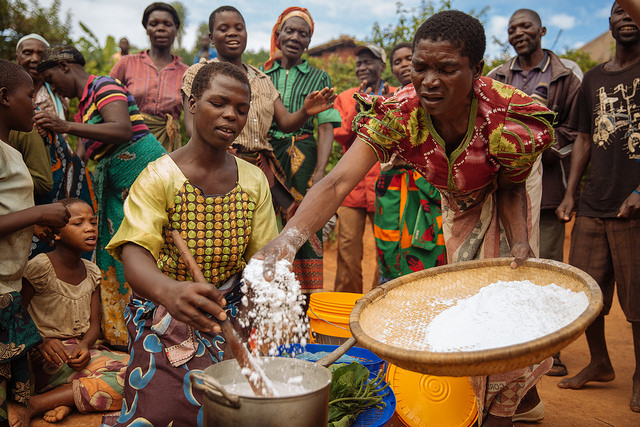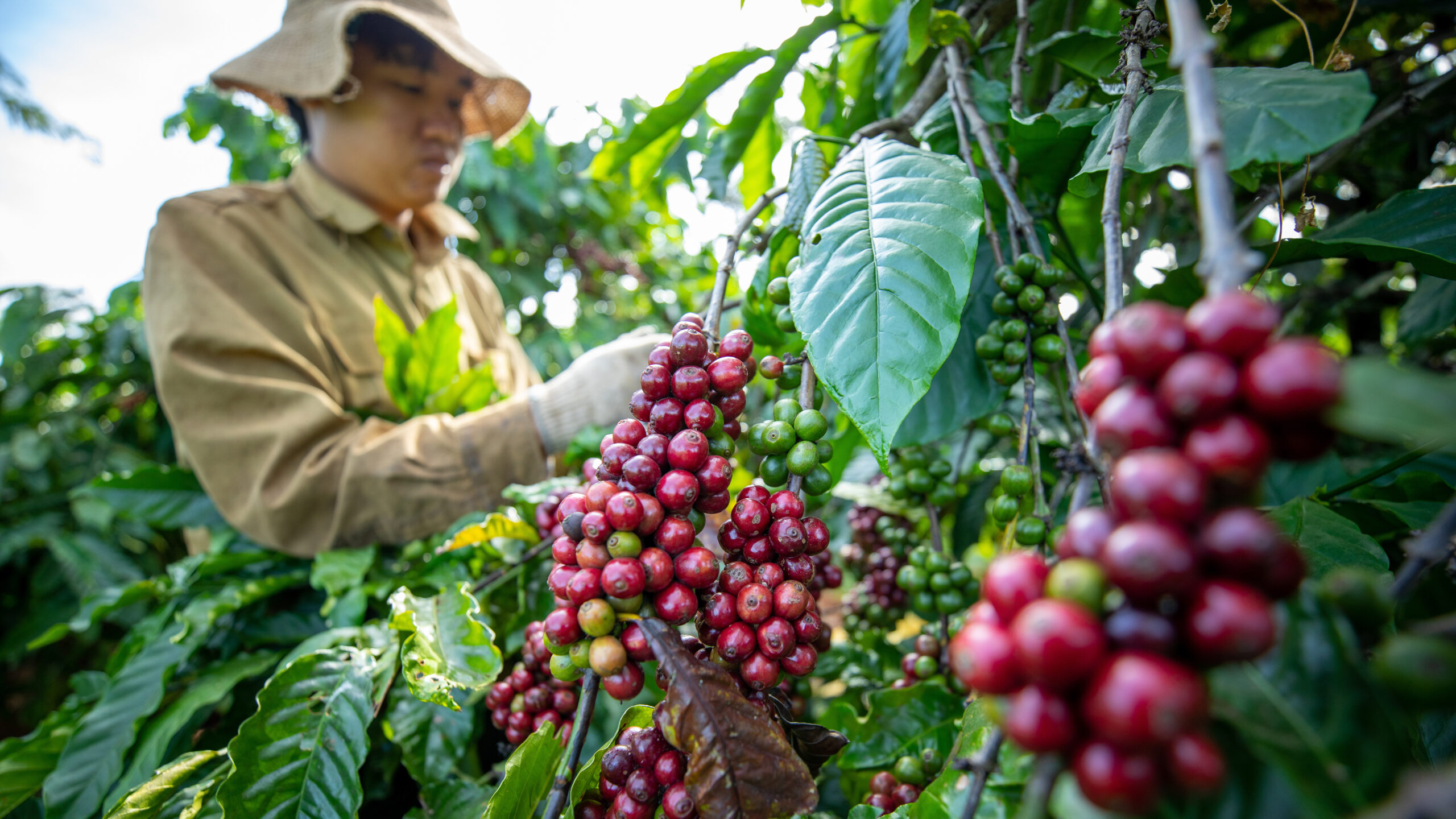In 2015, there were 795 million hungry people around the world. The second of the U.N. Sustainable Development Goals (SDGs) calls for eliminating hunger by 2030. According to a new brief from IFPRI and the International Institute for Sustainable Development (IISD) that goal can be accomplished with a substantial yet still affordable price tag.
Ending hunger worldwide by 2030—defined in this study as reducing the undernourished population in each country to 5 percent or lower—will cost an extra US $11 billion per year of public spending, according to the brief’s authors, David Laborde and Tess Lallemant of IFPRI and Livia Bizikova and Carin Smaller of IISD. Of that total, $4 billion would need to come from international donors each year, while the remaining $7 billion would come from the affected countries themselves.
IISD
Where should additional aid be sent to end hunger? Central and East Africa would require the most donor assistance.
The brief identifies five spending categories critical to ending hunger: social safety nets; support for farmers to expand production and boost incomes; rural development to reduce inefficiencies along agricultural value chains and spur productivity; enabling policies; and nutrition. The authors focused on the first three of those because they are clearly and measurably linked to increased calorie consumption.
The last two factors—the potential price tags for enabling policies such as land and trade reform, and addressing global nutrition challenges including child stunting and the obesity epidemic—were excluded from the analysis. Though they are important, the lack of data and the complexities of costing these factors presented significant obstacles.
To calculate the costs of ending hunger, the authors used the MIRAGRODEP model to simulate national and international markets and key economic, biophysical, and socioeconomic trends that impact agriculture. Combining this model with household surveys, they identified changes in the consumption and production of major food items, and in non-farm sources of income. Finally, satellite accounts were used to identify the costs of different development interventions.
This approach allowed the authors to gain a clearer, more detailed understanding of the causes of hunger at the household level, and to determine the optimal level of spending needed in the three study categories for each country to reach established minimum caloric requirements.
The analysis also established a “co-funding rule” based on average annual donor contributions (in GDP per capita) to developing country budgets from 2009-2013. This rule essentially states that as developing countries grow richer, donor contributions decrease; governments must then step in to fill the gap through increased taxes.
The study looked at a representative sample of seven countries in Africa south of the Sahara: Ghana, Malawi, Nigeria, Senegal, Tanzania, Uganda, and Zambia. They were selected based on their availability of reliable data, the diversity of their socioeconomic and agricultural conditions, and their relevance to the international donor community. Using this sample, the authors extrapolated the global cost of ending hunger and the amount of donor commitment needed to reach that goal.
Currently, donor contributions to ending hunger amount to an estimated $8.6 billion worldwide; the extra $4 billion called for in the brief represents a 45 percent increase. According to the authors, 74 countries would still have hunger levels above 5 percent of the population in 2030, of which 18 would be expected to have sufficient domestic funds to address hunger without additional donor support. Donor contributions would thus need to be prioritized and split among the remaining 56 countries. Africa would need the most support, particularly in areas where conflict has exacerbated hunger and food insecurity in recent years.
Eleven billion dollars in additional public spending each year is a big figure, but the authors emphasize that with proper targeting of interventions, this goal is achievable and need not place an excessive burden on either donors or countries with limited public resources. Engaging with all local, national, and regional stakeholders is key to identifying the specific types of interventions needed to ensure that investments are used effectively to turn SDG2 into a reality.
Sara Gustafson is a Communications Specialist with IFPRI’s Markets, Trade, and Institutions Division.







